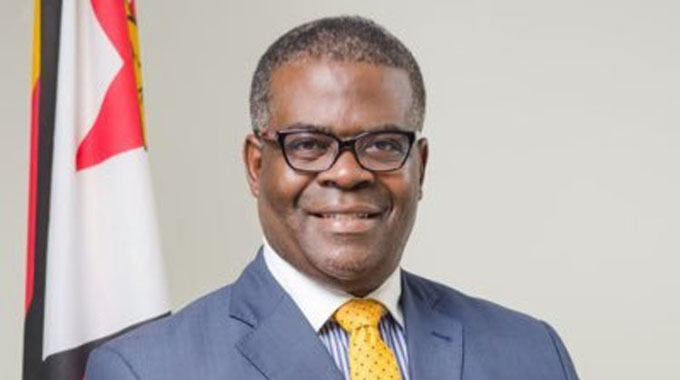Falling renewable power costs may prop up climate action

Jeffrey Gogo Climate Story
Zimbabwe’s ongoing power outages have once again brought into focus the need for accelerated investment into alternative renewable energy by both public and private actors.
Energy and Power Development Minister Fortune Chasi last week tilted at this particular windmill, drawing attention to the potentials of solar power in a largely sunny country like Zimbabwe. It’s a conversation that’s almost getting tired when situated against Zesa’s incapabilities to make solar work when everyone else around the utility, especially households, is moving in that direction.
A new piece of data might support Minister Chasi’s calls for the switch-over. By 2020, which is only six months away, solar photovoltaics (PV) will be a less expensive source of new electricity than the cheapest fossil fuel alternative. Now that’s according to a new report on renewable power generation costs by the International Renewable Energy Agency (IRENA).
The report shows declines in cost will be spread across renewables like wind energy and hydro-power. But for the purposes of this article, we will focus on solar, which in any case presents a realistic option for Zimbabwe, a country that enjoys upto 300 days of sunshine per year.
A few years ago, the idea of Zimbabwe switching over to grid solar — or even off-grid — was considered difficult, largely due to higher initial installation costs of the PV solar technology and because “coal-fired power plants were thought by many to be necessary to satisfy the energy demands” of developing countries, cheaply.
However, over the past decade, the energy market has transformed: the price of renewable energy from solar has dropped dramatically, from about US37c/kWh to just US5c/kWh today, according the 2018 IRENA report.
Solar prices fell 13 percent last year while bioenergy and hydropower dropped 14 percent and 12 percent respectively.
Cost reductions, particularly for solar and wind power technologies, are set to continue into the next decade, the report finds.
According to IRENA’s global database, over four-fifths of the solar PV projects that are due to be commissioned next year will produce power at lower prices than the cheapest new coal, oil or natural gas options.
Across the world, installed solar power capacity has climbed nearly 6 000 percent from just 4 gigawatts in 2000 to 227 gigawatts at the end of 2017.
All this data means little if it weren’t helping ease the climate change problem caused by overuse of carbon-emitting fossil fuels like coal and oil. Rapidly falling renewable energy costs are strengthening the business case and solidifying the role of renewables in addressing climate change and as the engine of the global energy transformation, IRENA stated.
“Renewable power is the backbone of any development that aims to be sustainable”, said Francesco La Camera, director general of the agency.
“We must do everything we can to accelerate renewables if we are to meet the climate objectives of the Paris Agreement. The report sends a clear signal to the international community: Renewable energy provides countries with a low-cost climate solution that allows for scaling up action,” he added.
This is also true for Zimbabwe, which is aiming to cut greenhouse gases emissions by about a third by 2030 from increased investment in hydro-power and solar power as part of its pledge under the Paris Agreement on climate change.
But as already seen, the intensity of the current energy crisis, which in part results from the water shortages at Kariba, demonstrate not only the threat climate change poses on future financial investments into hydro-power, but also that hydro can no longer be relied upon to make Zimbabwe energy secure.
Investments into hydro energy will now need to be carefully weighted against the anticipated future changes in the climate, changes that will undoubtedly impact water availability.
It is important to note that while solar as a source for cooking, heating and lighting is fairly widespread in many homes across the country, it does not feature as a prominent source of energy in the national mix.
It is only in the last few years that Government approved the construction of a 300 megawatt solar electric power plant near Gwanda. Thanks to Zesa’s bungling, that project has failed to see the light of day.
Perphaps now that solar prices are in the decline, Government and private power producers may be encouraged to invest more in the energy source to help ease both the climate damage and the persistent power blackouts.
God is faithful.










Comments